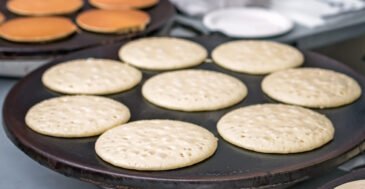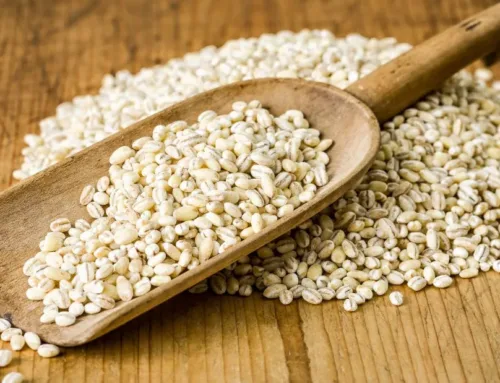A Short History of Pancakes in Ireland
Pancake Day, aka Shrove Tuesday, marks the start of Lent in the Christian calendar. It always falls 47 days before Easter Sunday. The date Easter Sunday falls on varies, which means that pancake day can vary between February and March.
The custom of eating up eggs, milk, and flour before having to fast for Lent has been a part of the tradition goes back centuries. In the Middle Ages or Medieval Ages (500 – 1500 AD) Irish monks and scholars began to record oral traditions. The Brehan Laws, for example, written down between the 7th and 9th C., mentions griddle cake.
Griddle Cake and Flat Cake are early names for pancakes. Griddles are flat and smooth plates made of stone or metal, perfect for making pancakes over the fire. Making Griddle Cakes started in the pre-Christian period. The word pancake is an English word first recorded around the 1400s and means a cake cooked in a pan.
You may have heard of boxty. This is a type of flat bread traditionally cooked on a griddle and has potatoes as one of its ingredients. Thus, you get the alternative name of potato bread.
The Thin Pancake
Sweet pancakes should not be thin. The thin pancake or crepe is designed to wrap around or fold over food. Consider them an early form of a tortilla. You can frequently find them in Ireland served with bacon and syrup, or served with another savoury filling. I did not come across a thin pancake until the 1990s.
The Fluffy Pancake
The fluffy pancake was a favourite growing up in my house. Served with golden butter, syrup or jam, or sugar and cinnamon, we waited impatiently for the next batch to be cooked and set out on a plate. They were not large like a crepe. Instead, they came in a variety of sizes below the size of a side plate. Artistic flair abounded with the spoon dropping the batter onto the frying pan, creating shapes, animals, and letters.
Recipe
2 eggs
4 tbsp sugar (2 oz / 57g / ¼ c)
2 gills milk (10 tbsp / 142 ml / ½ c)
10 tbsp flour (9 oz/ 130g / ½ c)
½ tsp baking soda
½ tsp cream of tartar
1 ½ tsp baking powder
Pinch salt
1 oz melted butter (2 tbsp / 30 ml / 1/8 c)
In a mixing bowl, beat the eggs and sugar until creamy. Then carefully add the dry ingredients, milk and butter/margarine. The consistency should thickly coat the back of a spoon. You can always add more milk if it’s too thick or more flour if it’s too runny.
Oil your griddle or pan. Heat and add a large tablespoon of the pancake mix. Repeat until the pan is covered in individual pancakes. As the pancakes cook, bubbles will form, puffing up the pancake. Turn the pancake over when you see the bubbles and cook the other side. It will be trial and error to determine the correct time to turn them. You want them browned on the bottom. If they are browning too quickly and the centre of your pancake is not cooking thoroughly, turn down the heat slightly and let them cook a little longer.
Enjoy with your favourite topping. Why not try berries and cream?
The flour mentioned in the recipe is plain flour; you can substitute other flours depending on your dietary requirements. However, you will be experimenting, and the results may vary.
Self-raising flour can be used, but leave out the salt and baking powder, which the manufacturer has already added to the flour.
Dedication
This post is dedicated to my little sister, who wanted a copy of the recipe from our mum’s recipe book.
Edit: Apparently, plain flour is called All Purpose Flour in America. Good thing she lives in America and can correct me. Another good thing is that she is a web designer and can be called upon to build anything I need.




Leave A Comment